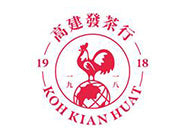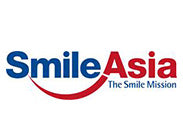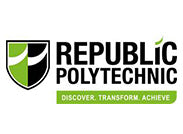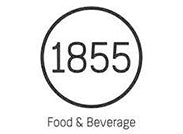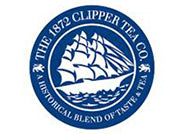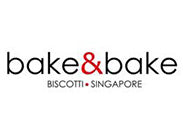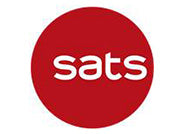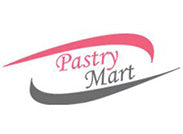WELCOME TO QQ STUDIO SG STORE
QQ Studio's Brand mission to create eco-friendly packaging solutions for brands and businesses. By responsibly sourcing & selecting renewable and compostable raw materials & sustainably adopting processes of production with repurposed recycled waste.
Food Packaging Supplier
QQ Studio is a major producer of top-quality, sustainable, and responsible packaging for beverages, food, personal and home care, and more! We are particularly good in prolonged shelf-life packaging, providing products with a longer shelf life and reducing food wastage at the same time.
Our state-of-the-art food packaging bags aid a wide range of consumers in making accountable choices daily. Our packages are designed to meet your packaging demands, and we are specifically customized for your requirements. Moreover, we ensure the packaging is hands-on, inexpensive, and depicts the best possible portrayal of your brand.
Why Choose QQ Studio?
There are many custom food packaging bags companies, but this is why you should choose us:
Care
QQ Studio cares for its workforce, clients, partners, the environment, and the community. We are careful not to sabotage our planet’s future and guarantee sustainability is part of everything we do.
Integrity
We trust in consistently doing what is right in the most commendable and professional manner. Additionally, for your peace of mind, we are honest, respectful, and ethical in all our relations with clients, suppliers, employees, and the general public.
Safety & Hygiene
Our top priority is the safety and health of everyone associated with us and the community. We ensure we deliver the best standards of safety, eco- friendliness, and hygiene are attained.
Circularity
We promise to encourage a circular economy in clients by applying recyclable packages and reliable technology. With the right partnership and zeal, our eco-friendly food packaging pouches are designed to pack more food products more sustainably, such as coffee, tea, cookie, candy, etc.
Partnerships & Teamwork
We love to partner and constantly promote open communication while guaranteeing that a panel makes all obligatory decisions. We work to ensure and promote a conducive and accountable workplace.
Food Packaging Design & Development
Packaging design and development is the key to the success of your products. It is what makes the product unique and attractive to consumers. It should be carefully planned so customers can easily understand it when they see it in the store or at home. The packaging design should also appeal to potential customers so they will want to buy your product.
Fortunately, here at QQ Studio, we will offer different food packaging solutions, such as stand up pouches, zip lock bags, spout pouches, three side seal pouches and more!
Food Packaging Materials
Our food packaging materials are used for many different purposes, such as protecting goods from damage during transport or storage; providing information about the contents of a product; conveying brand identity; ensuring hygiene standards are met; and enhancing the durability of goods. We have a wide range of materials available to solve your needs. Above all, these are durable, flexible, and eco-friendly
materials.
Marketing
Graphics add visual appeal and create interest in your products, which can increase sales through marketing campaigns. The logo is one of the first things people will see when they purchase your product, so it needs to be memorable and clear. The colors you choose should also match those in your brand. We can tailor-make packages according to your needs and even incorporate your logo.
As a sustainable food packaging Singapore company, we offer various services to help clients achieve their objectives. Hopefully, they meet your standards.
Other Services
- Designing a food package that is environmentally friendly and sustainable.
- Customize a food package that is attractive and eye-catching.
- Making sure the food product packaging is secure and safe for the customer.
Feel free to contact us or visit our website for all these and more.




















